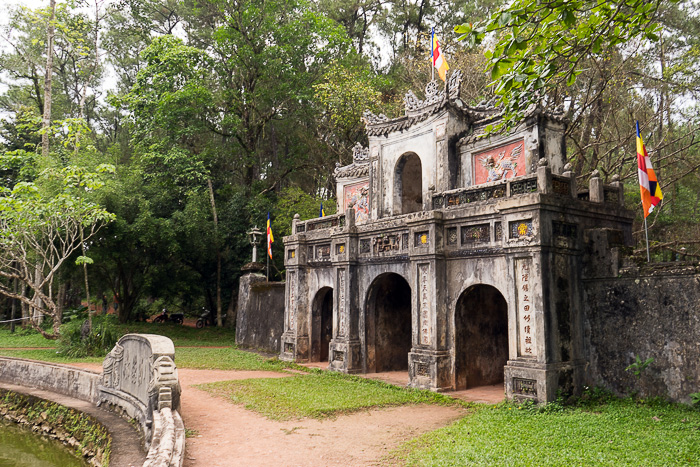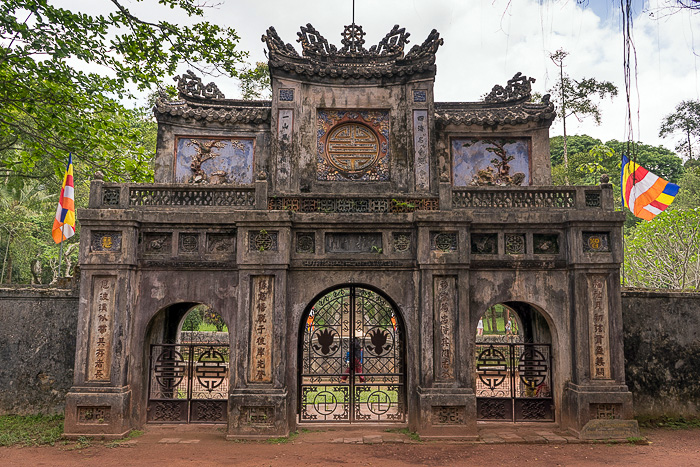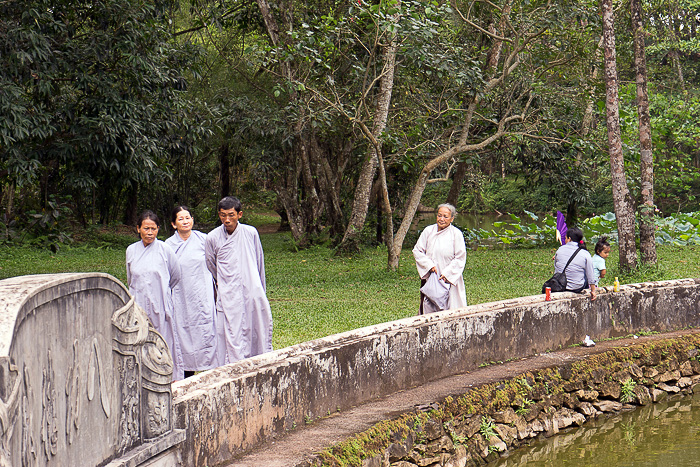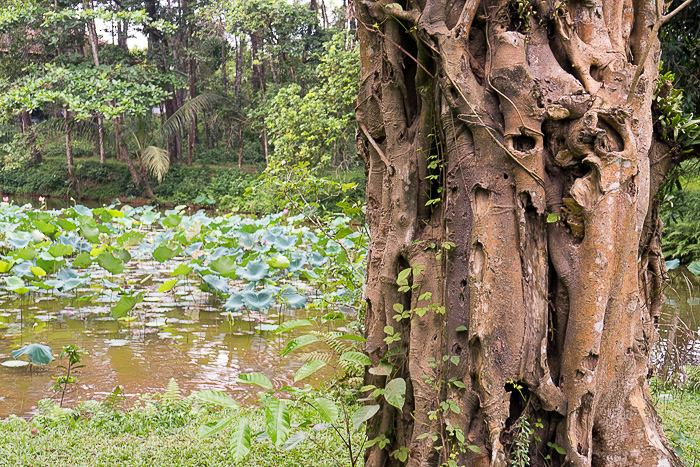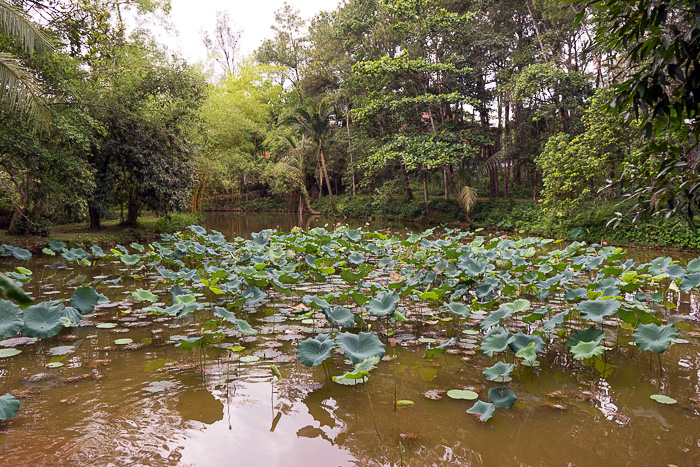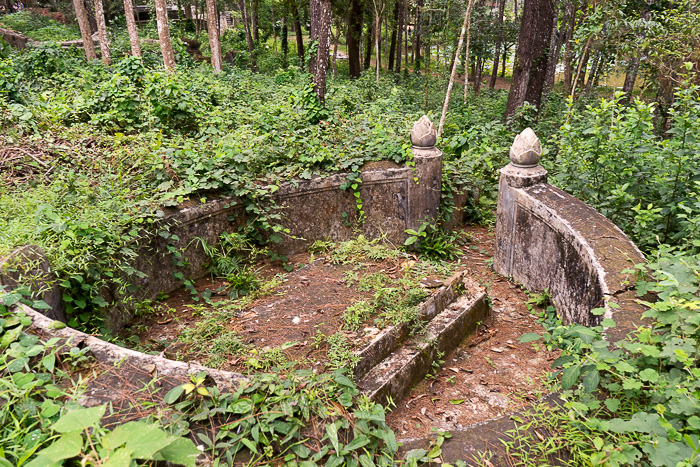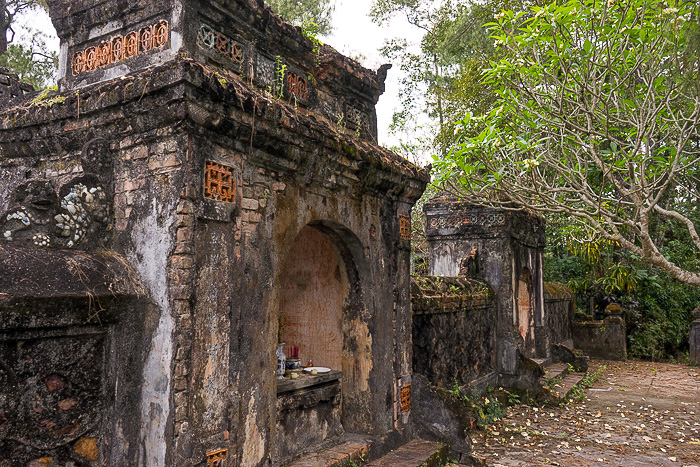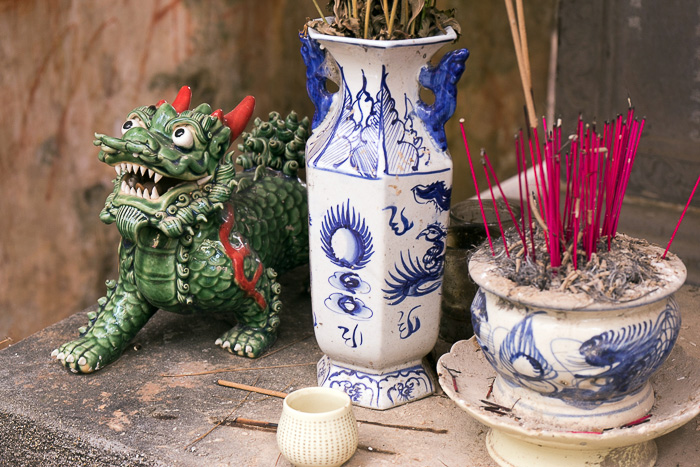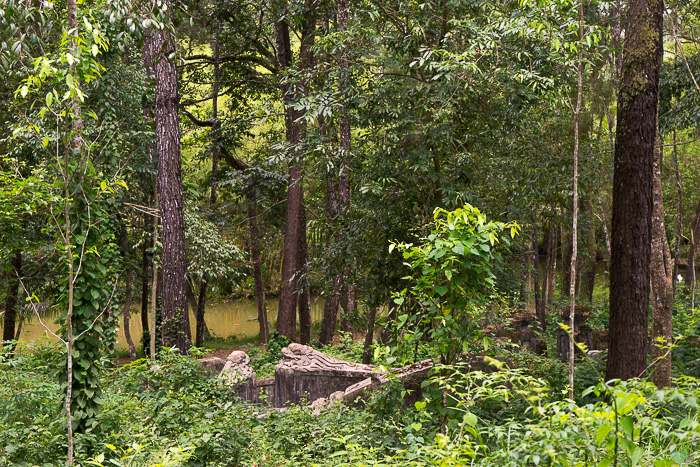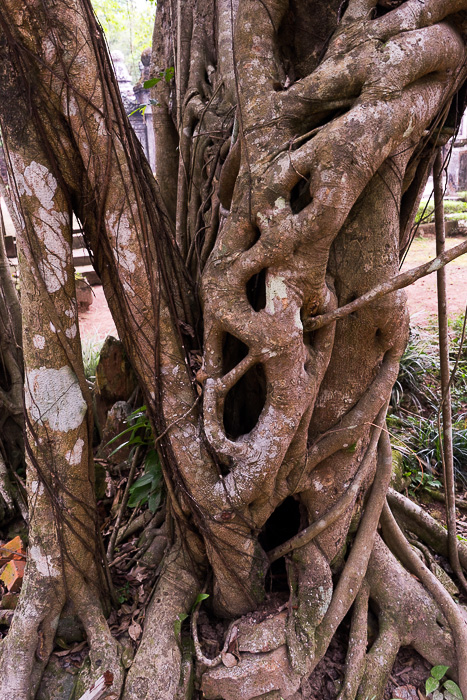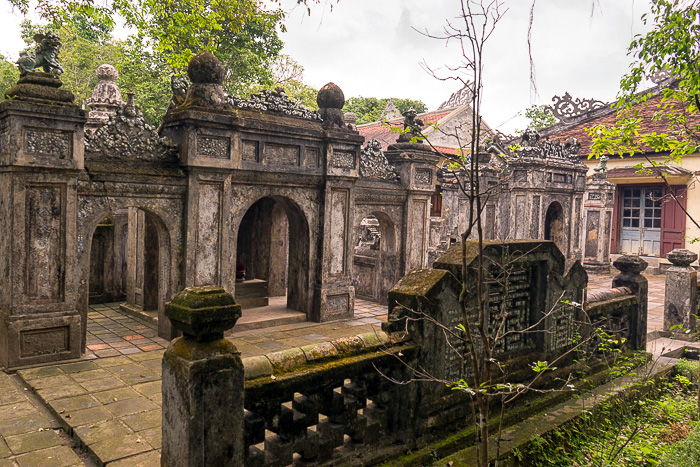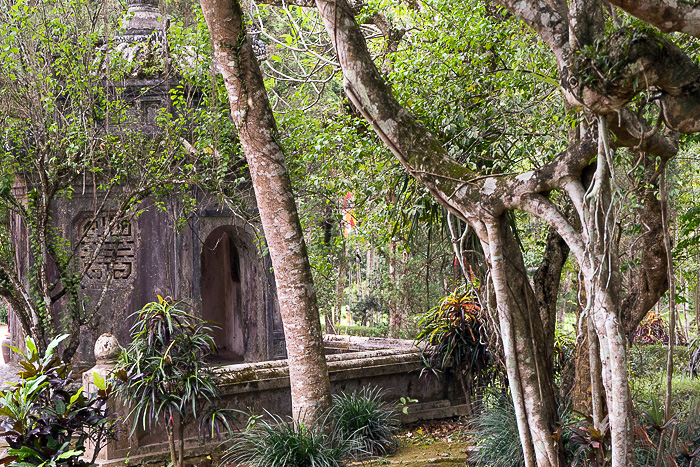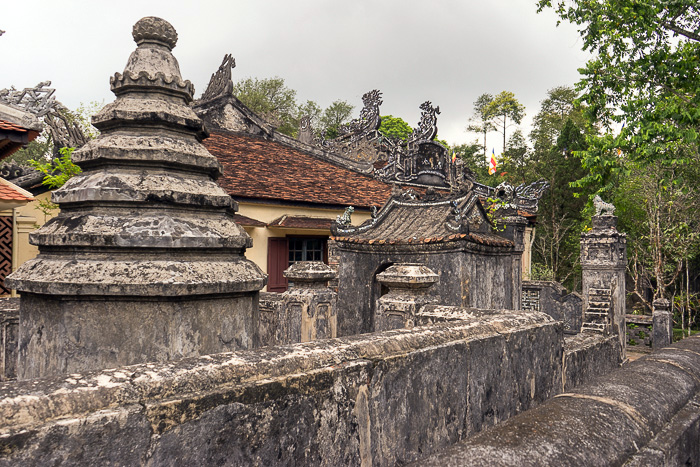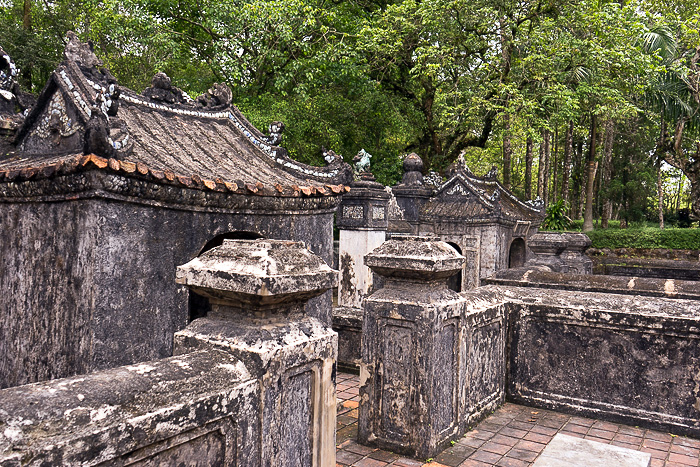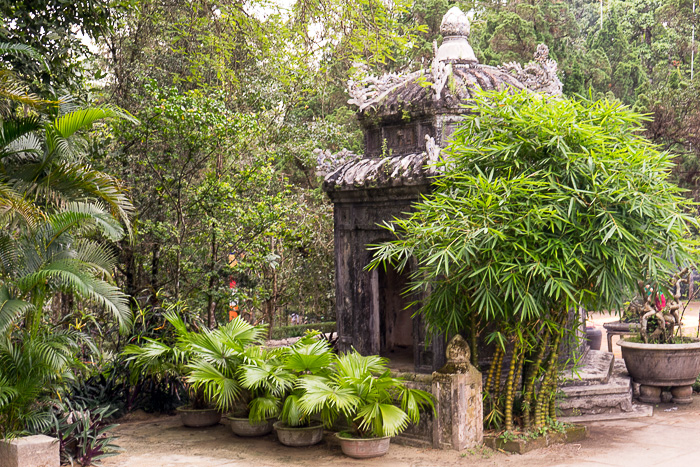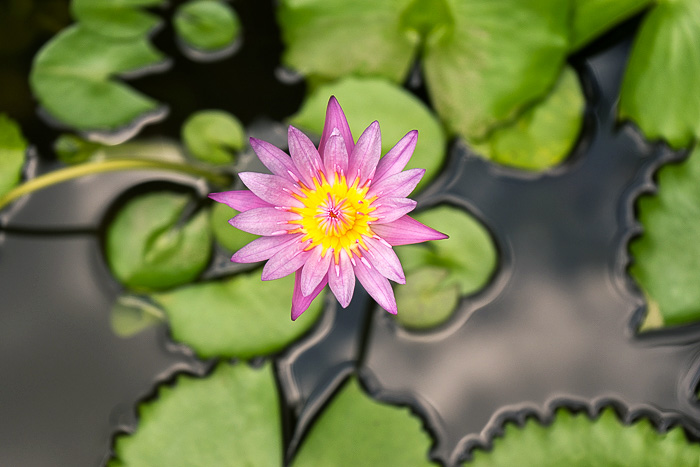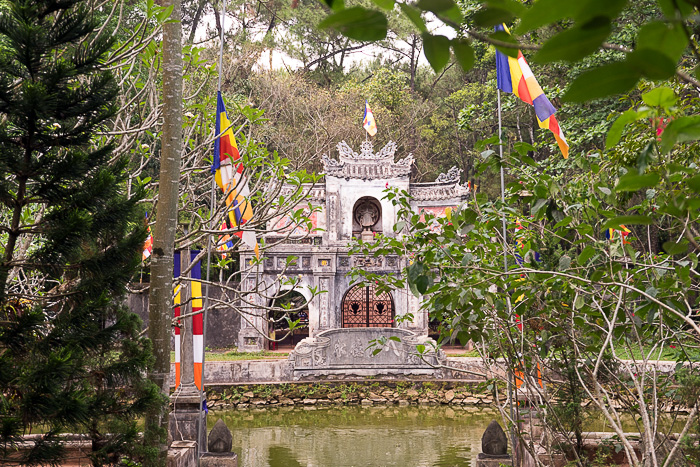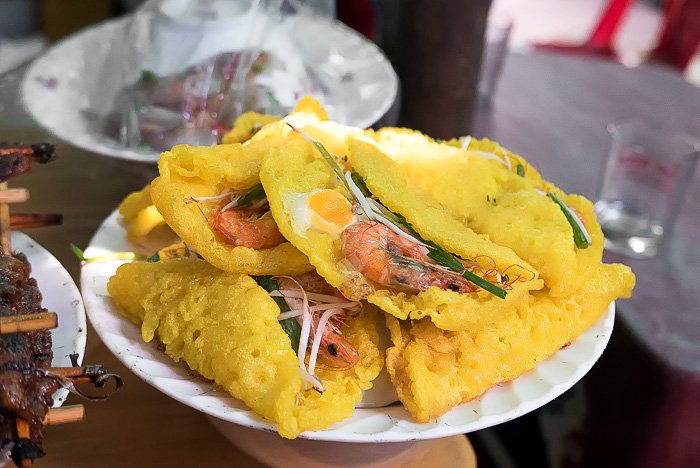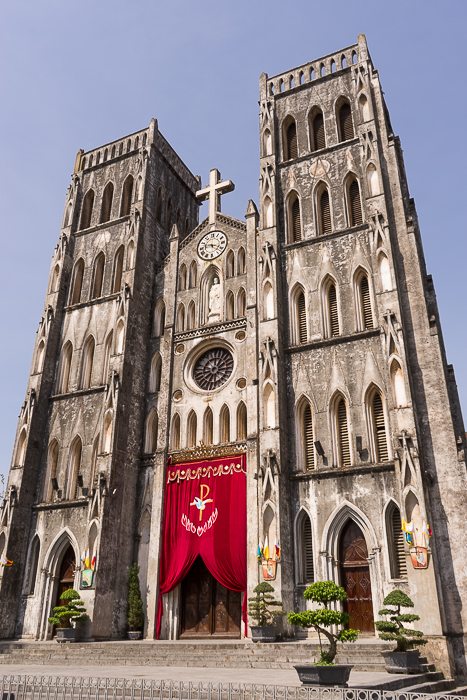The Tiger Arena and More Hue Tombs
Who would win between a gorilla and a cheetah? A cheetah and a giraffe? A giraffe and an elephant? An elephant and a tiger? Well, if you had been alive during Hue’s golden age, you’d know the answer to that last one, at least. We visited the arena where Tiger-Elephant death matches were a semi-regular occurrence.
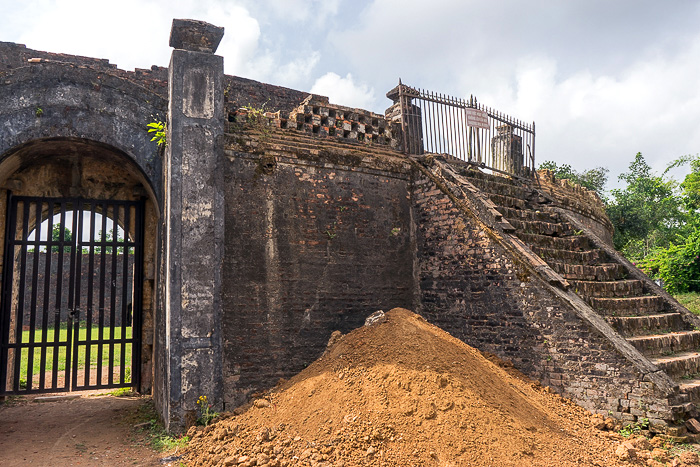
And the winner was… the elephant! Almost always, the elephant was able to defeat the tiger in gladiatorial combat. Which was just the way the emperors wanted it. The elephant represented the solid, immovable strength of the state, as opposed to the crafty tiger, who stood for the unruly populace. Oh, did we squash your revolt underneath our massive foot? So sorry!
Considering its age, the Tiger Arena is still in decent shape. Unfortunately, it’s not likely that you’ll be able to visit. When we showed up, we found the gate locked and a uniformed man standing guard. We tried asking if we could just climb over the gate, and he answered with a laugh that immediately dissolved into the elephant-like stare of government authority. We had no intention of testing him.

Instead, we continued south until arriving at the Tomb of Tự Đức. Like the first tomb we had visited, this was a large complex built around a scenic pond, with a number of pavilions and courtyards. Tự Đức was the fourth emperor of the Nguyen Dynasty. His father choose him to inherit the throne, over his older brother Hung Bao, because he approved of Tự Đức’s vitriolic hatred of the west. Hung Bao led a rebellion, but this was swiftly crushed by Tự Đức. The elder brother, whom most considered the rightful heir, killed himself in prison.
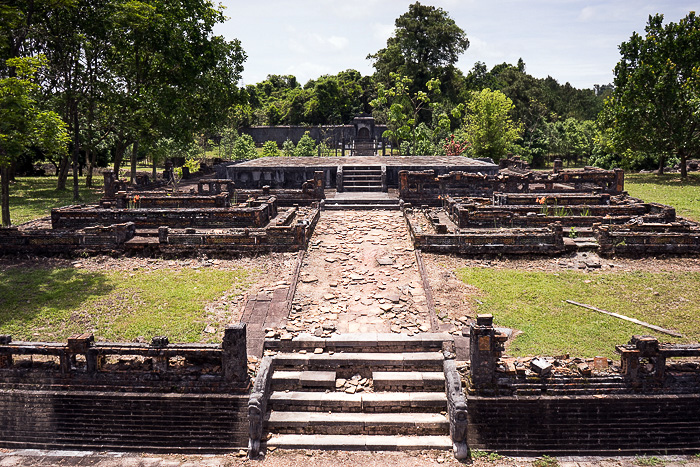
We moved deeper south, and deeper back in time, to arrive at the tomb of Tự Đức’s father, Thiệu Trị: the third Nguyen emperor. Like his son, Thiệu Trị was known for his insularity and strict adherence to Confucianism, and spent most of his days figuring out how to kill Catholic missionaries, or expel them from his country. Thiệu Trị reigned for just six years, and his tomb was the least grand of the four we had seen. It was, however, the only one which we found totally devoid of other tourists, which was a huge plus in its favor.
It had already been a fun day exploring the picturesque area west of Hue, but we had saved the highlight for last. The Từ Hiếu Pagoda is a Buddhist temple hidden away in a lovely swath of forest. It took some time to find, but was worth the effort. Built in 1843, this temple is still home to dozens of monks. We loved its quiet solitude, its overgrown temple cemetery, and its history: Từ Hiếu was home to the Nguyen court’s royal eunuchs.
The town of Hue had left us cold, with its abundance of tourist-oriented restaurants and scammers. But the regions around the city are blessed with an abundance of beautiful nature and historic sights. Rent a motorbike, plot out a few things to see, and you’re almost guaranteed to have a wonderful time.
Locations on our Map: Tiger Arena | Tomb of Tự Đức | Tomb of Thiệu Trị | Temple of Từ Hiếu
More Photos from the Tiger Arena
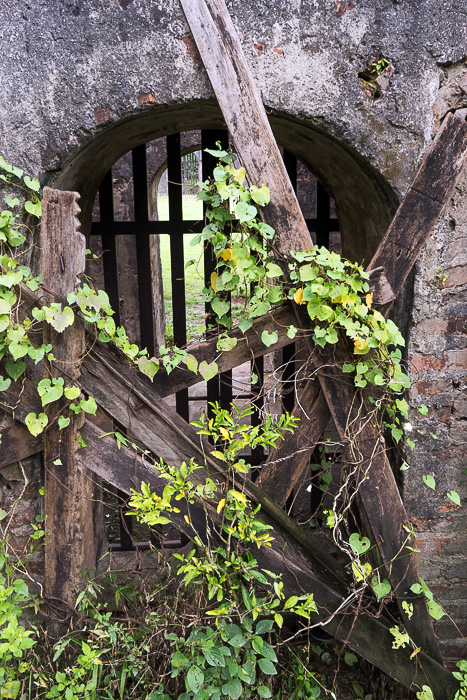
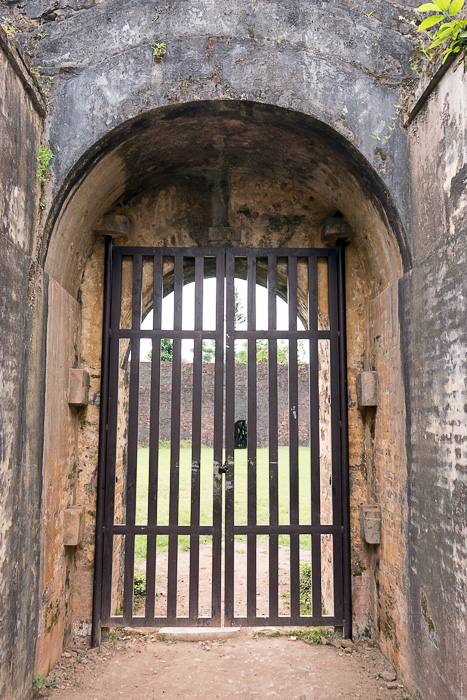
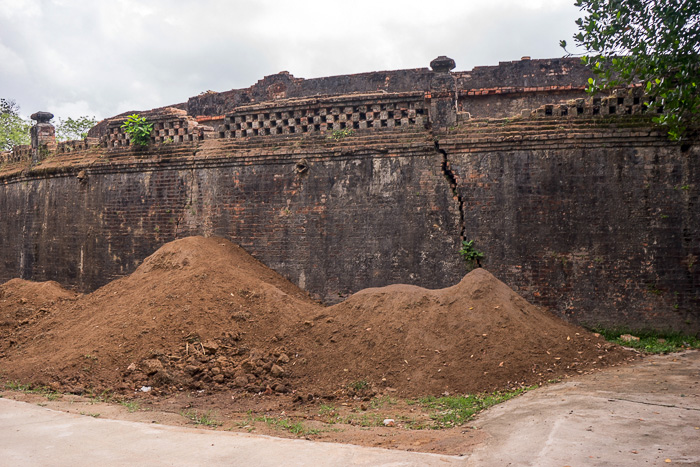
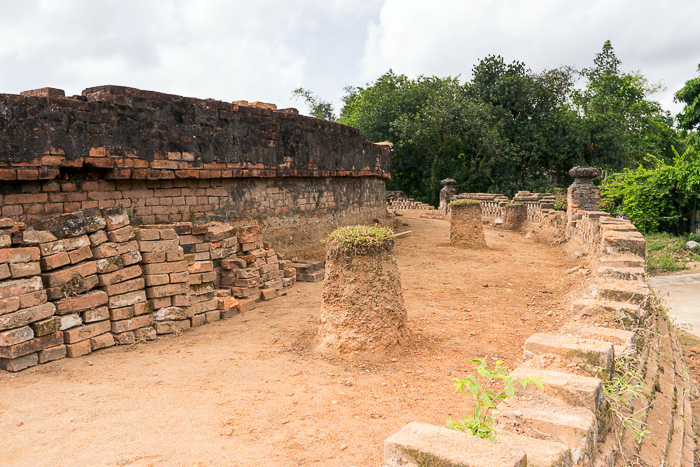
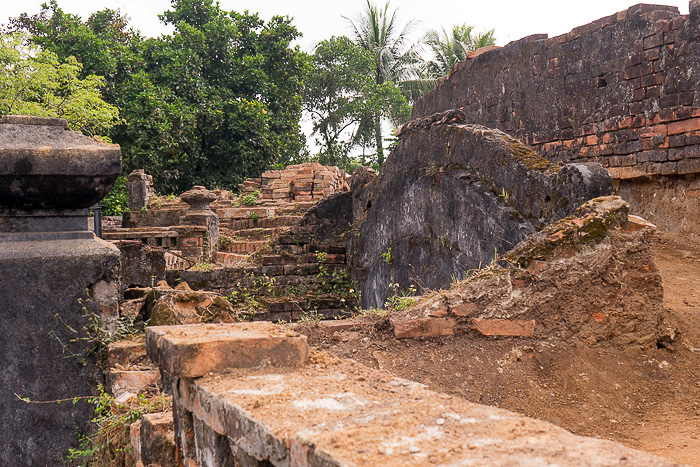
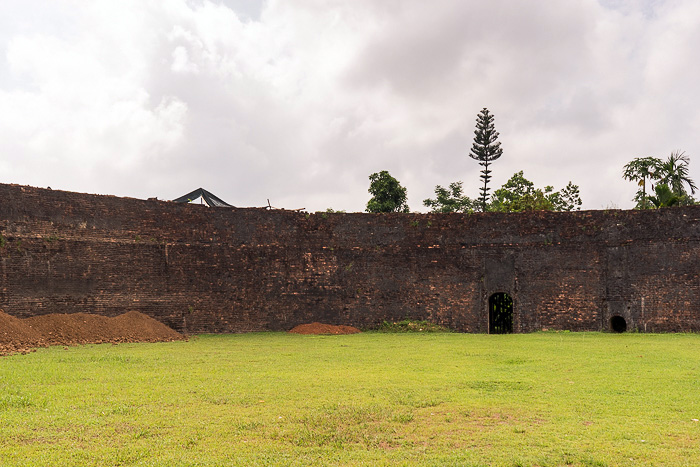
More Photos from the Tomb Of Tự Đức
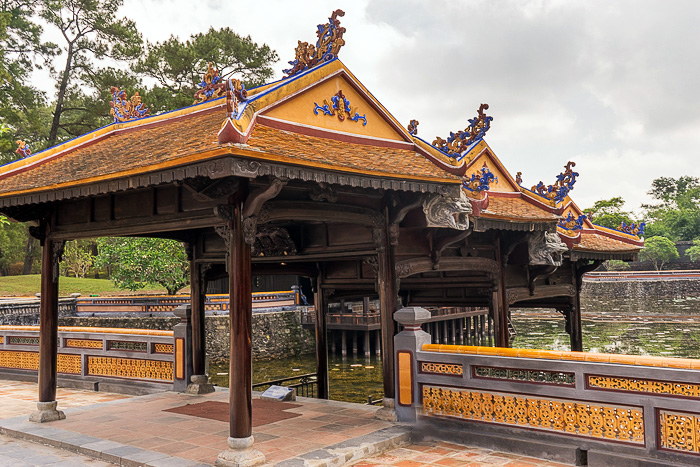
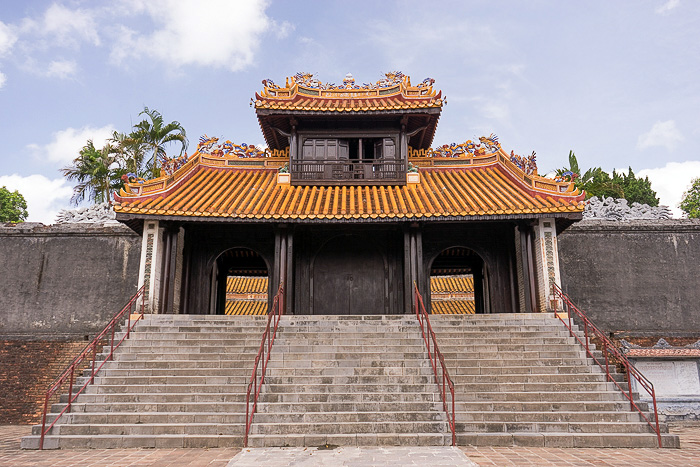
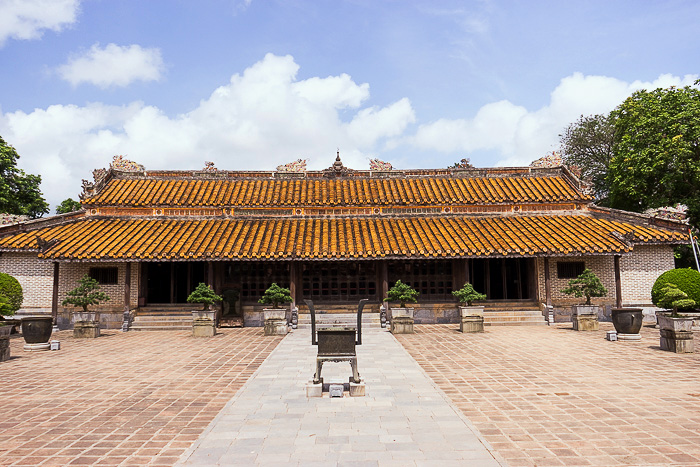
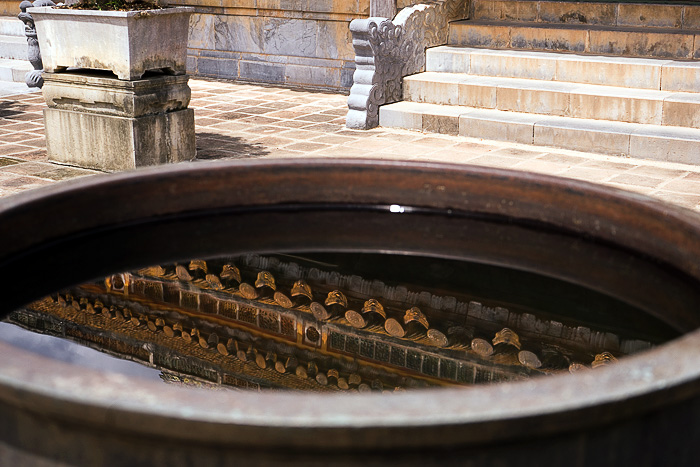
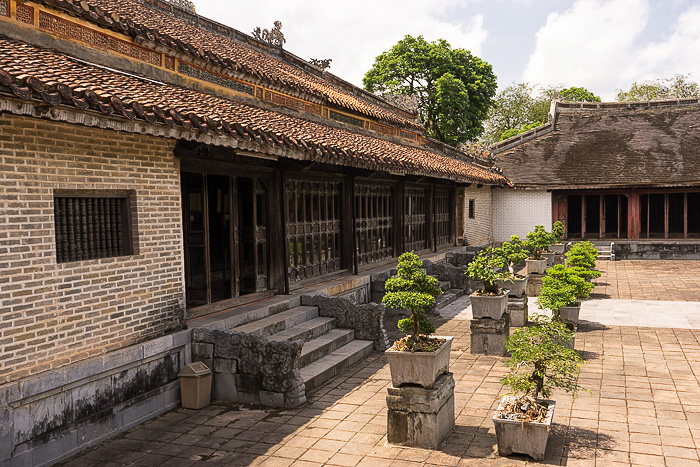
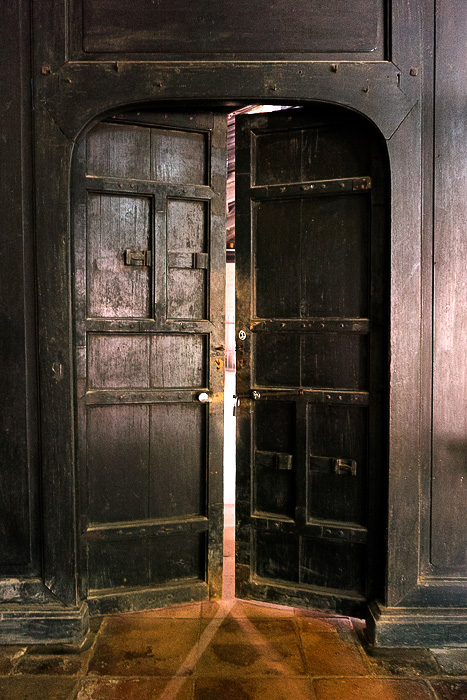
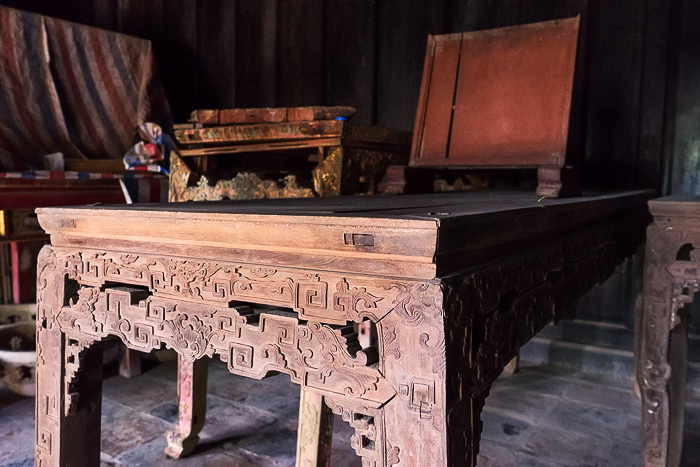

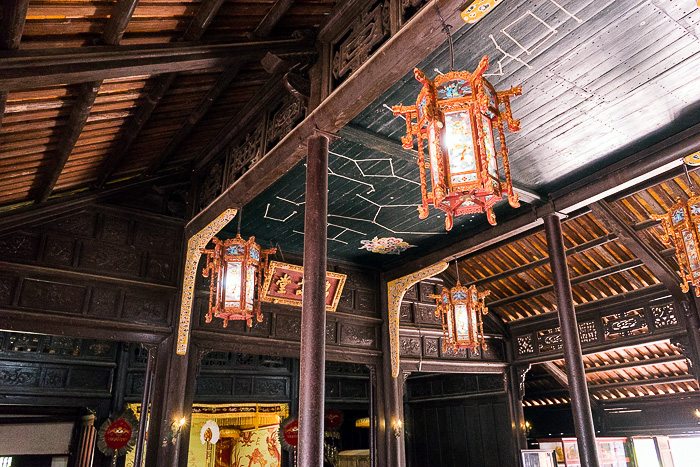
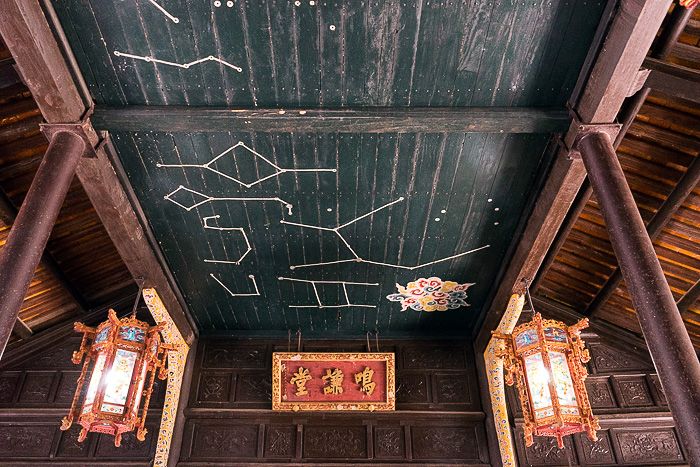
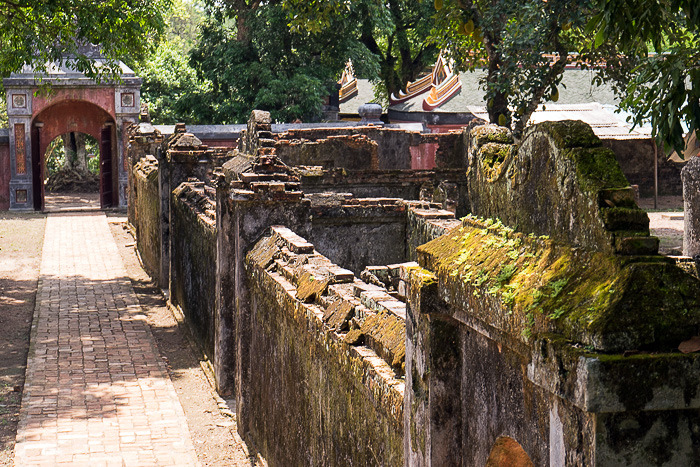
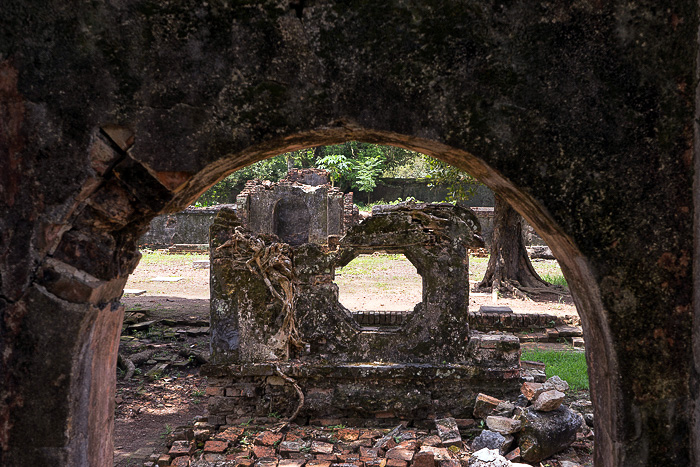
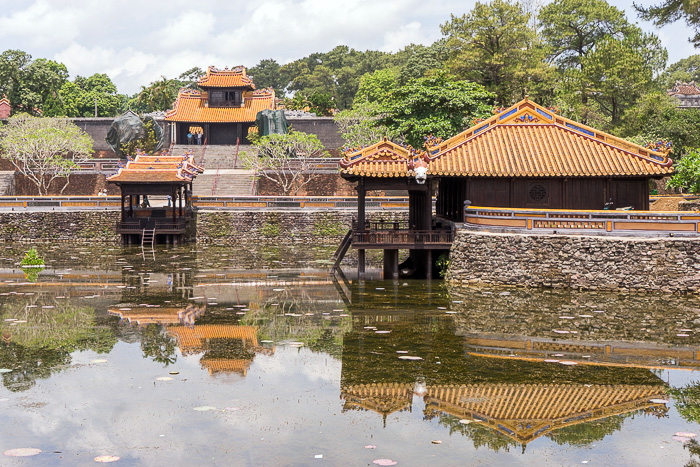
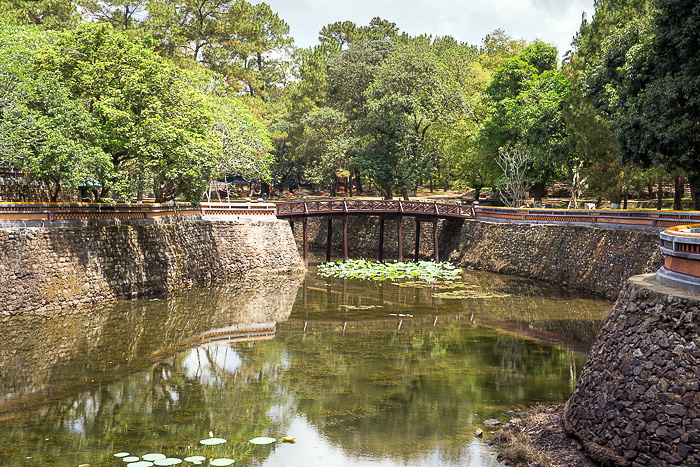
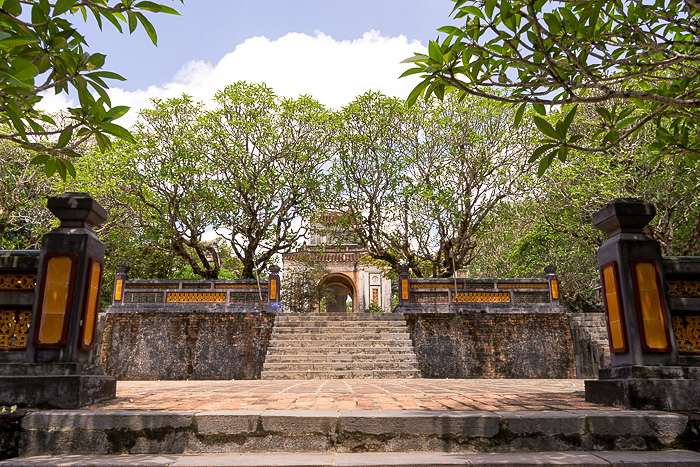
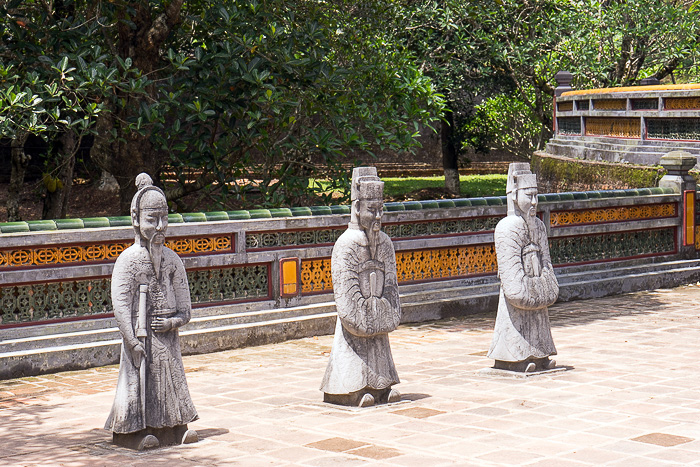
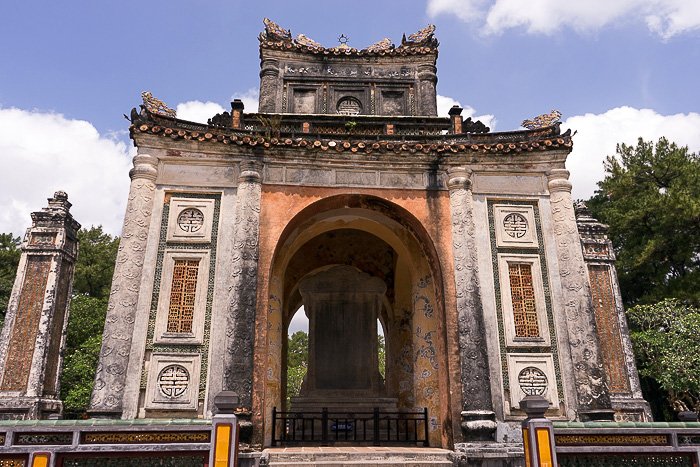
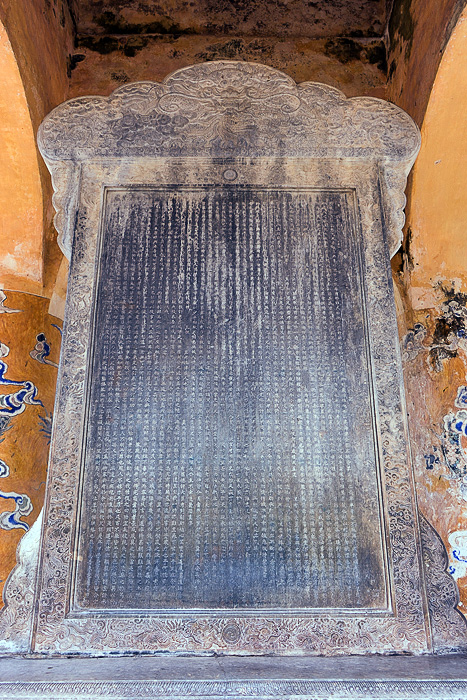

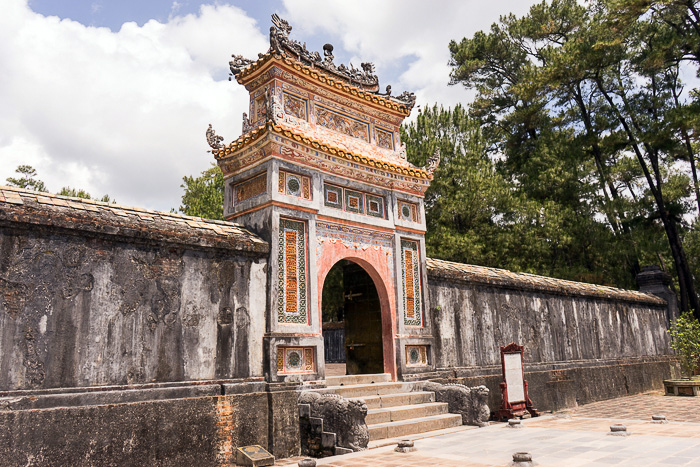
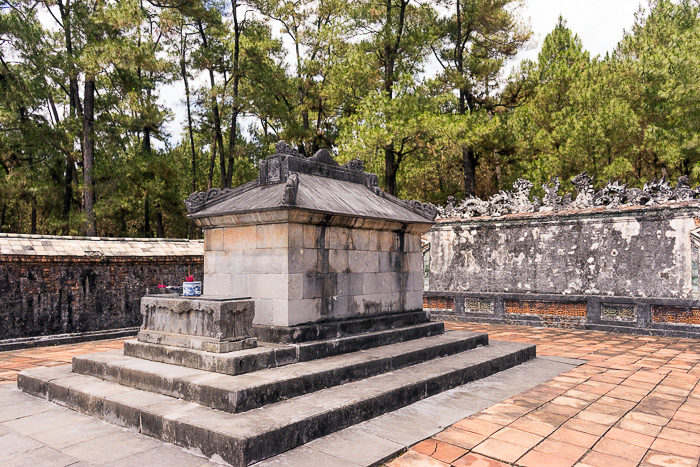
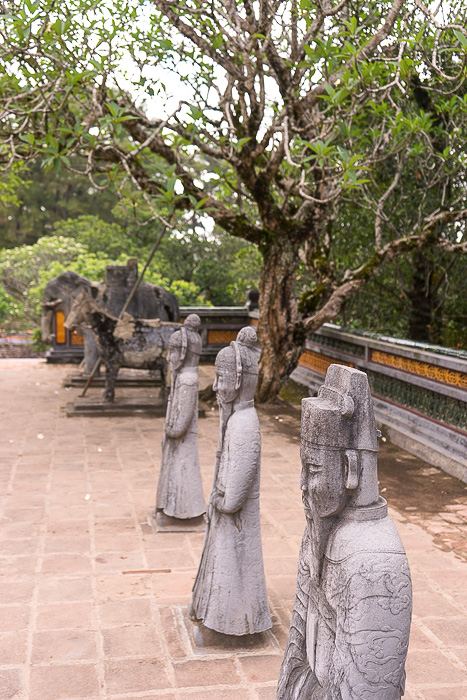
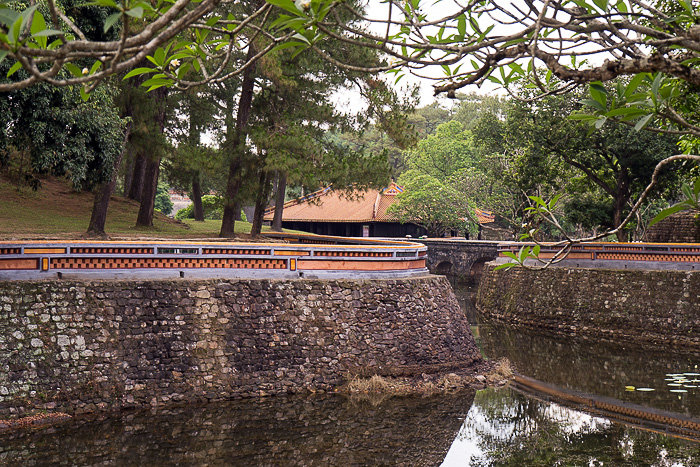
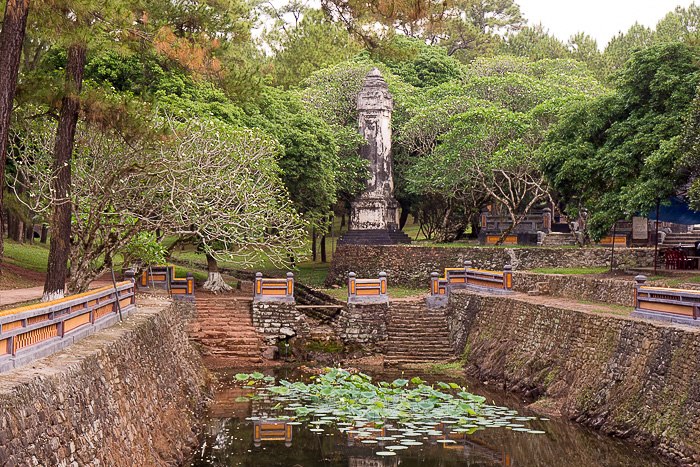

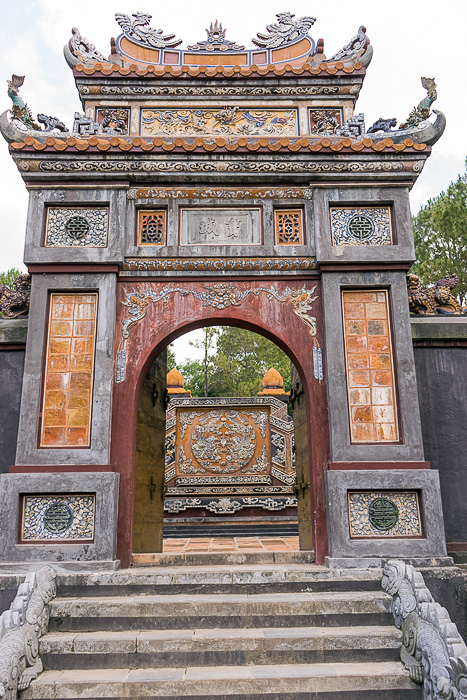

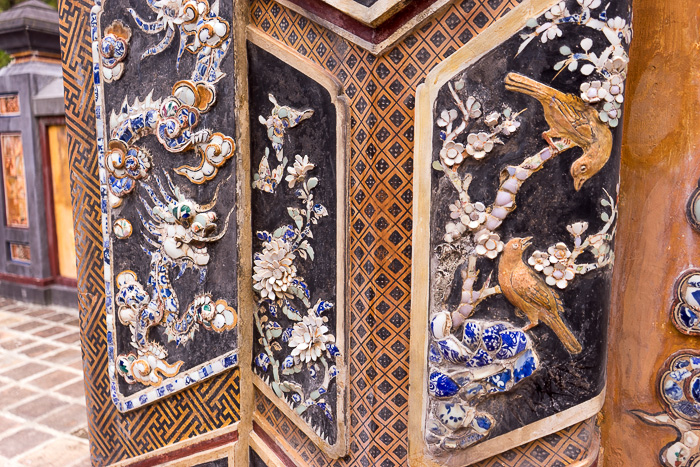

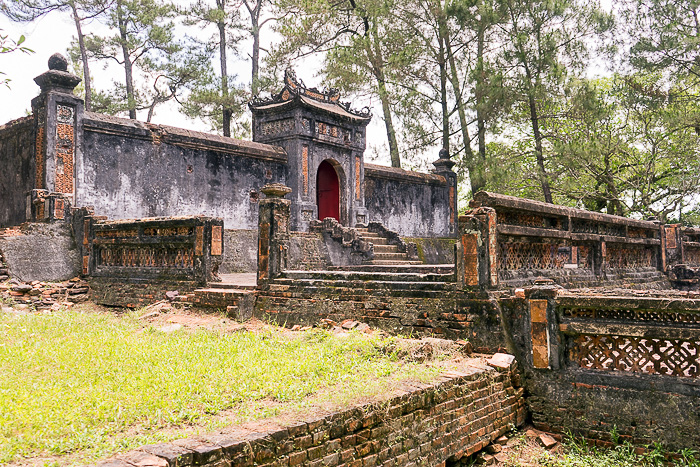
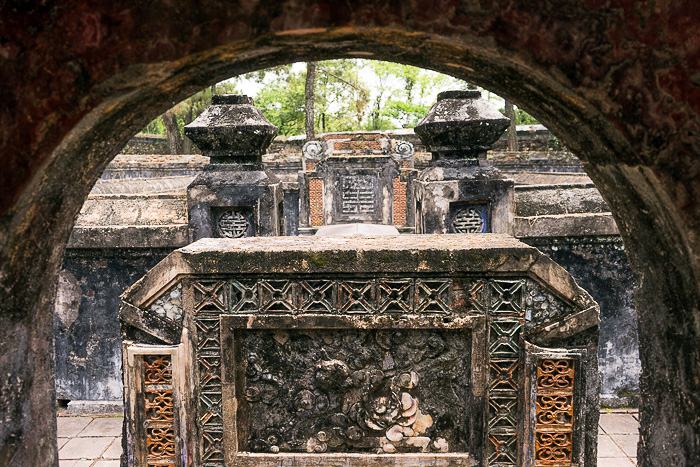
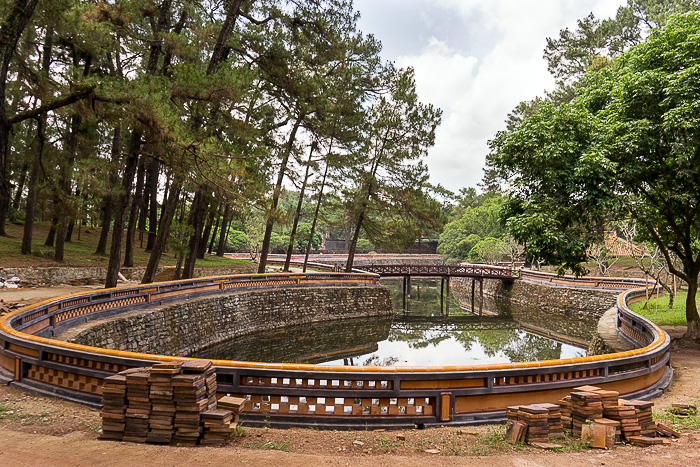
More Photos from the Tomb of Thiệu Trị
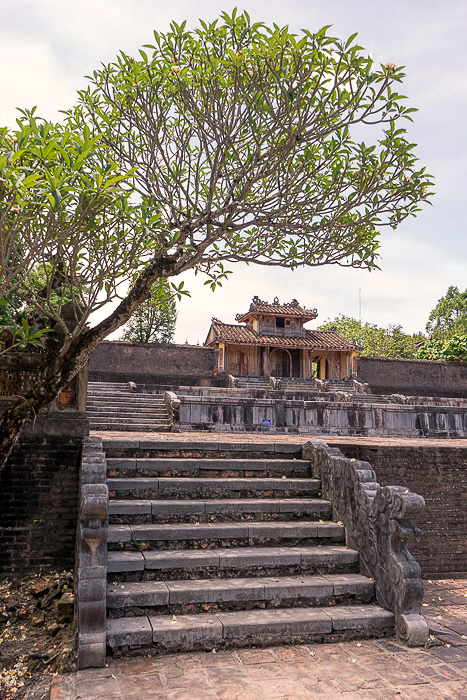
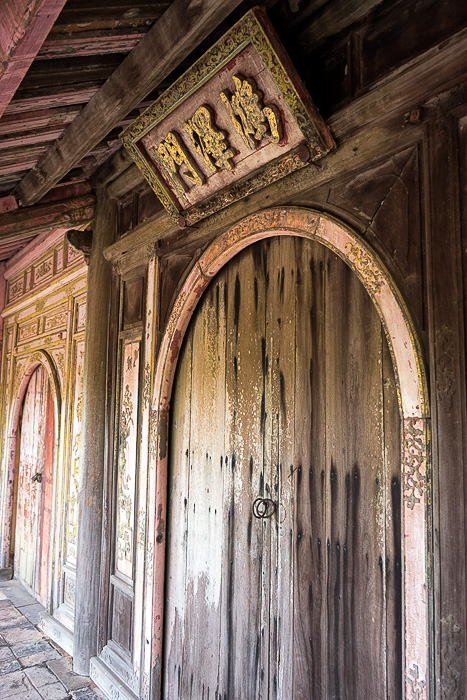
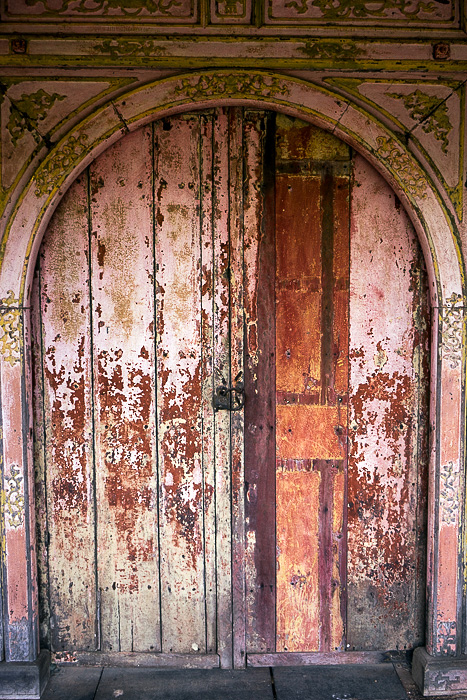


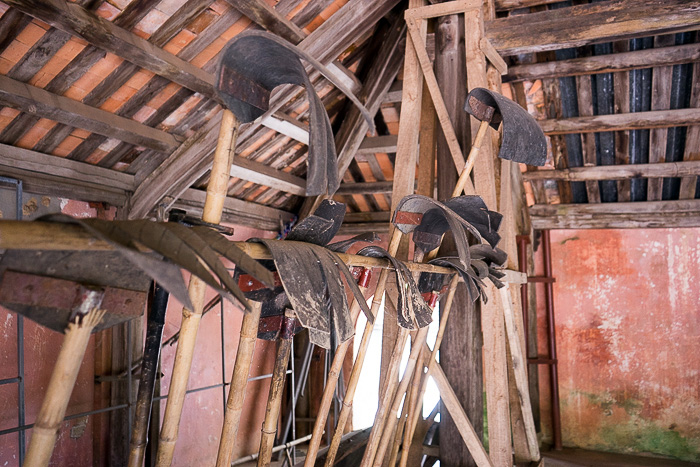
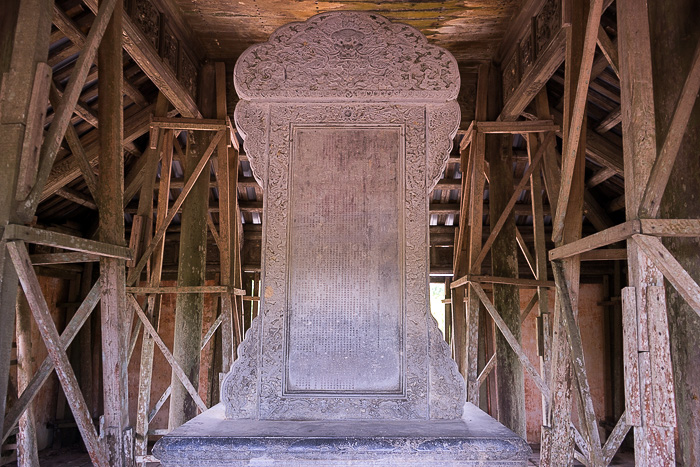
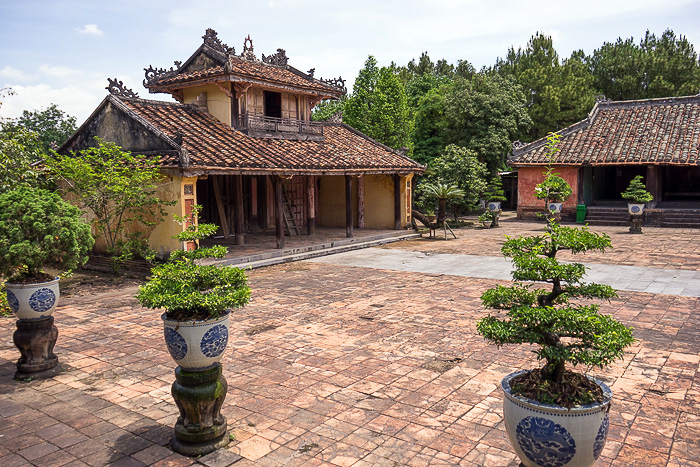
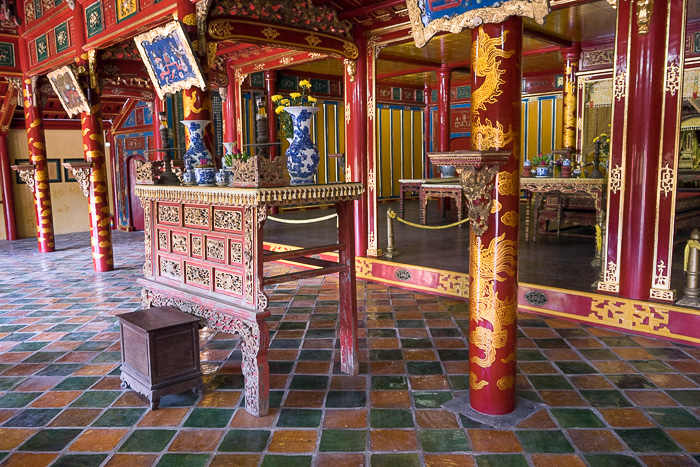


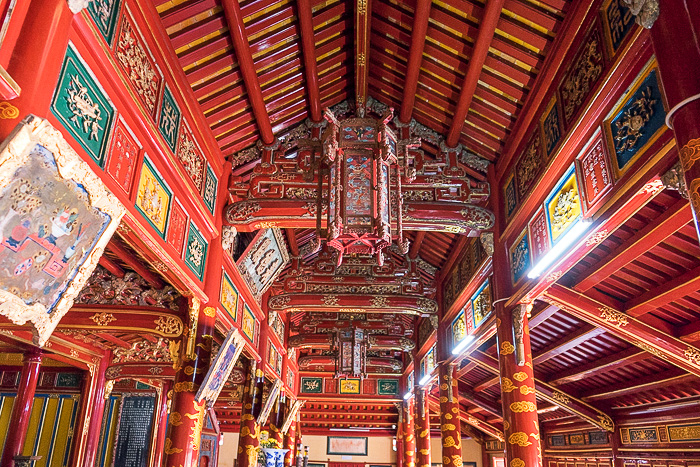
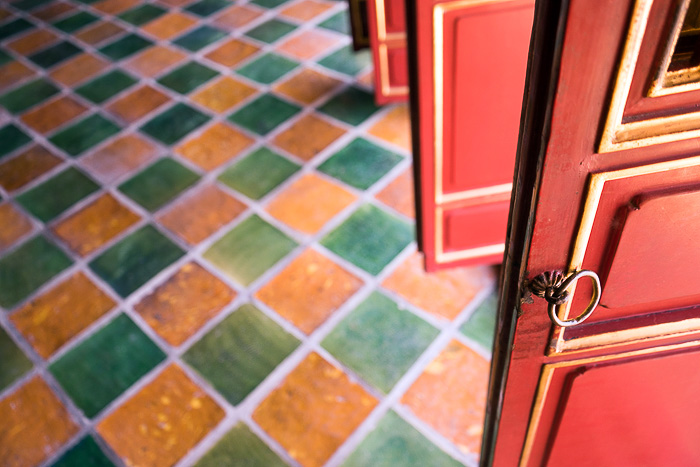
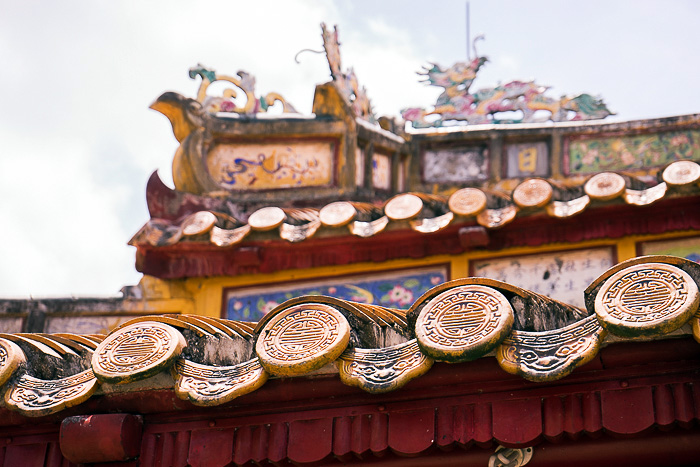
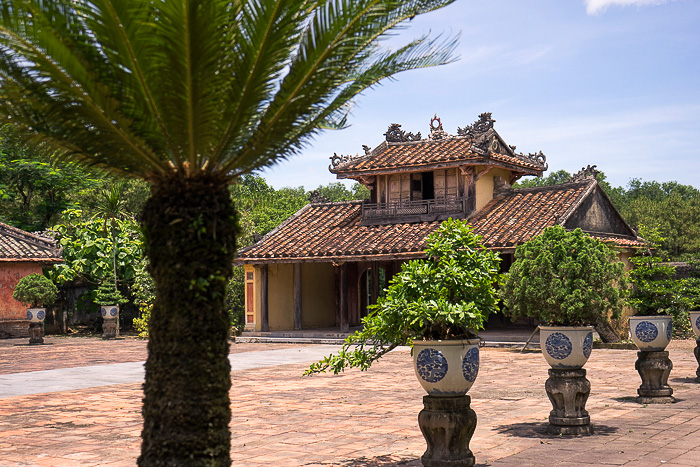
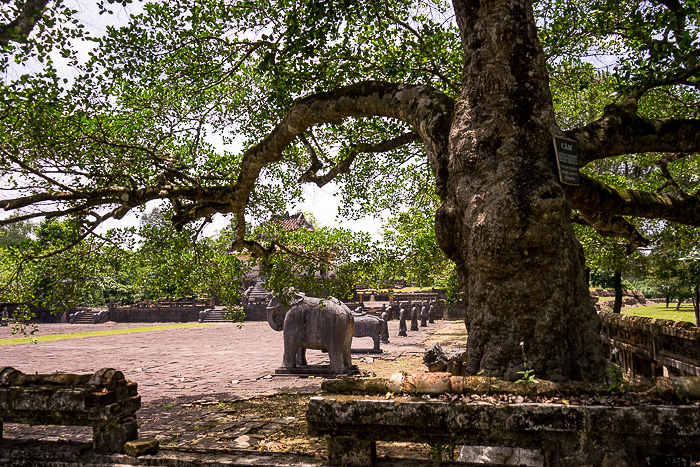
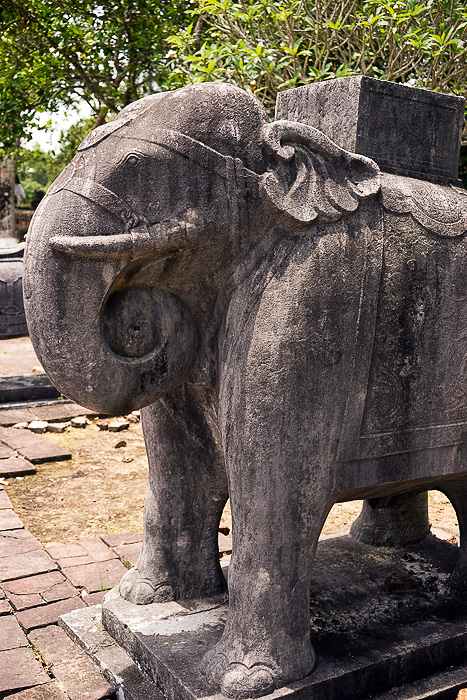

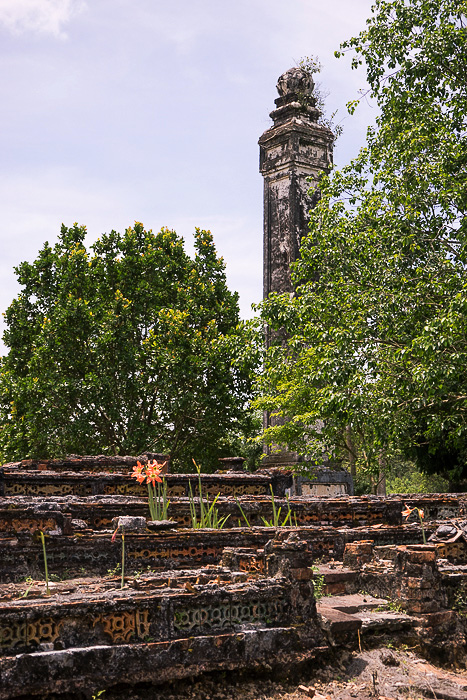
More Photos from the Từ Hiếu Pagoda
